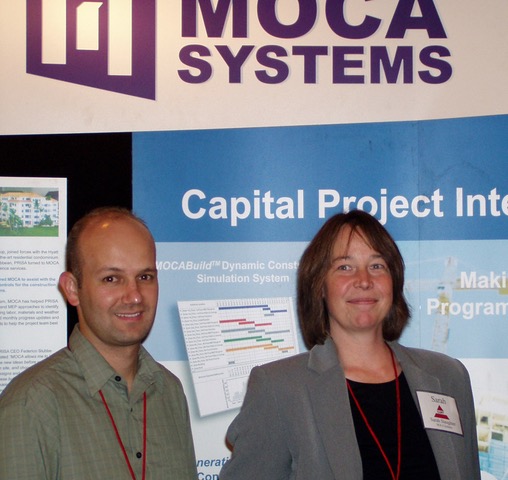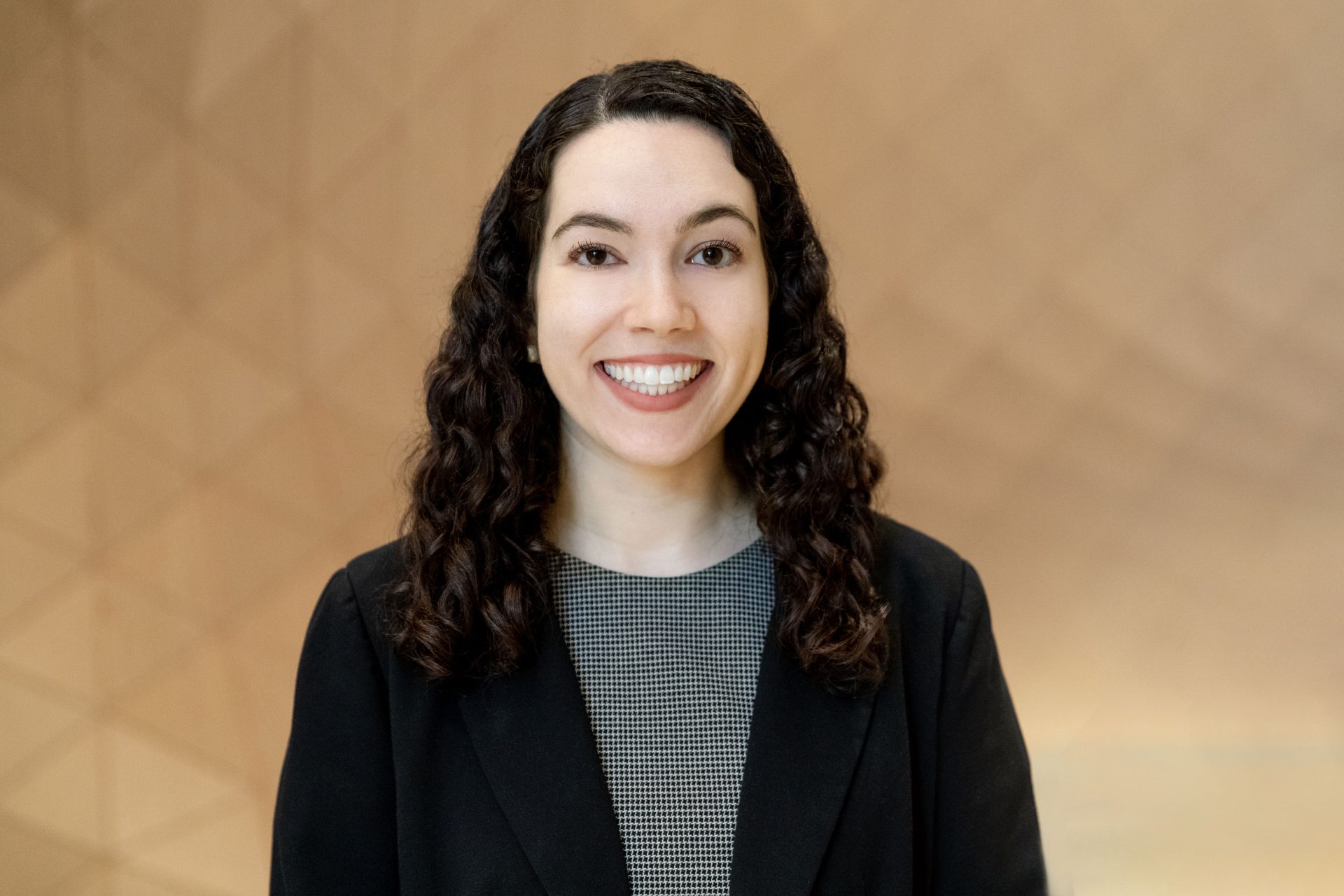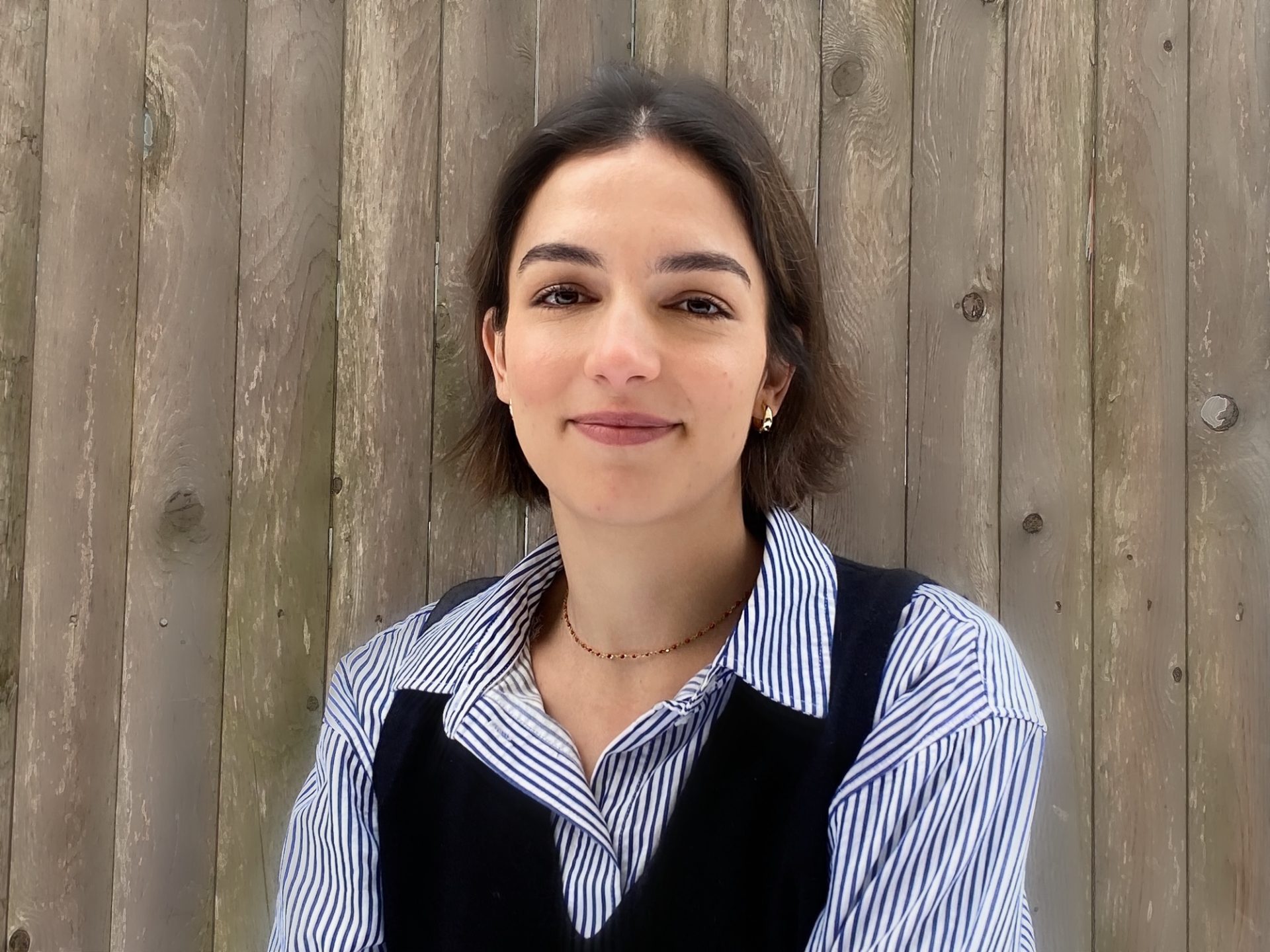From MIT CEE lab to industry

Alumna Sarah Slaughter turned her academic research into a company that continues to shape construction practices
When Sarah Slaughter ’82, SM ’86, PhD ’91 served as a faculty member in the MIT Department of Civil and Environmental Engineering (CEE), her research centered on innovations in built facilities—new materials, components, processes and systems—and how they could be implemented more effectively.
“The inspiration for my research was to reduce the risk and uncertainty associated with trying something new,” she recalls, “to help the construction industry improve performance, cost-effectiveness, safety, and shorten project durations of critical projects for civil society.”
Her work grew out of a National Science Foundation CAREER grant, which she first received while teaching at Lehigh University and brought with her to MIT in 1995.
With her graduate students, Slaughter developed a discrete event simulation system that modeled construction processes down to the level of individual tasks, durations, resources, and risk exposure. These models enabled her research team to test innovations before deploying them in the field. “One model, for example, analyzed how self-compacting concrete, first developed in Japan in 1988, would perform in different cast-in-place structural configurations,” she explains.
The idea to start a company didn’t take form until Slaughter was consulting for a German firm interested in commercializing the simulation models her research team had developed. When the opportunity emerged, the MIT Licensing Office encouraged her to launch a U.S.-based company. In 1999, she founded Boston-based MOCA Systems, Inc. (MSI) , with her MIT graduate students—Michael Carr ’98 and John Murray ’99—joining as its first employees, alongside fellow MIT alumni Dan Leary as CTO and Charlotte Walker as CFO. “I also made sure that all of my MIT students involved in the simulation research received founding shares of the company, as well as MIT and the CEE department,” she notes.

From MIT to real-world impact
The company’s early direction was shaped not only by its research origins, but also by the founder’s experience as both an MIT alumna and faculty member.
“As a faculty member, I was used to working with my students as a team, with weekly meetings and cross-collaboration,” she says. “That same spirit carried over into the company.”
Early projects with clients including the U.S. State Department, the U.S. Air Force, General Motors, Intel, Massachusetts General Hospital, and MIT Facilities demonstrated how the simulation platform could help owners assess costs, schedules, and potential disruptions in complex construction projects.
In 2000, she took a leave of absence from MIT to focus on MSI full-time and formally stepped away from her faculty position the following year. She remained with the company until 2005.
Evolving with the industry
Her own MIT journey is as wide-ranging as the company she launched. She earned three MIT degrees—bachelor’s, master’s, and a PhD in CEE and Management Science—before returning to MIT as faculty across Engineering, Management and Architecture.
After leaving MSI, she co-founded the Sustainability Initiative at the Sloan School of Management, later served as Associate Director for Buildings and Infrastructure at the MIT Energy Initiative, and taught courses on resilient communities in the School of Architecture and Urban Planning. “I like to say I’m MIT cubed—three degrees, and three faculty roles,” she adds.
Her career since has centered on resilience and sustainability, advising governments and nonprofits worldwide. She was elected to the National Academy of Construction (2013) and the National Academy of Engineering (2017), continuing to shape the field through leadership and volunteer service.
MSI also continues to evolve, grow, and adapt. Its flagship simulation platform, MOCABuild, was widely used by the U.S. Army Corps of Engineers during the 2008 Base Realignment and Closure program. Later, MSI pivoted toward integrating professional services with its software, providing design and construction expertise nationwide. In 2013, MSI returned to its MIT-inspired technology roots by developing Touchplan™, a real-time construction planning platform.
Today, MSI operates with two fully developed divisions—services and software—while maintaining a culture of collaboration and innovation that echoes its origins at MIT.
Looking Forward
MSI has long recruited interns and employees from MIT and continues to look for ways to engage with students and alumni. Its Touchplan software is now taught in construction management curriculum at more than 50 colleges and universities across the US and Canada, and the company supports the ACE Scholarship program and National Academy of Construction Scholarship program. MSI also regularly hires internships that help prepare the next generation of engineers.
For Slaughter, the trajectory of MSI is a testament to the power of MIT’s motto, Mens et Manus.
“I was always comfortable with the ‘Manus’ side—the practical application of ideas,” she reflects. “MSI began as a way to bring MIT research into the world, to help the construction industry innovate, and to improve the built environment for society. Seeing it continue to grow, evolve, and support new generations of students and professionals has been deeply rewarding.”
Share on Bluesky


